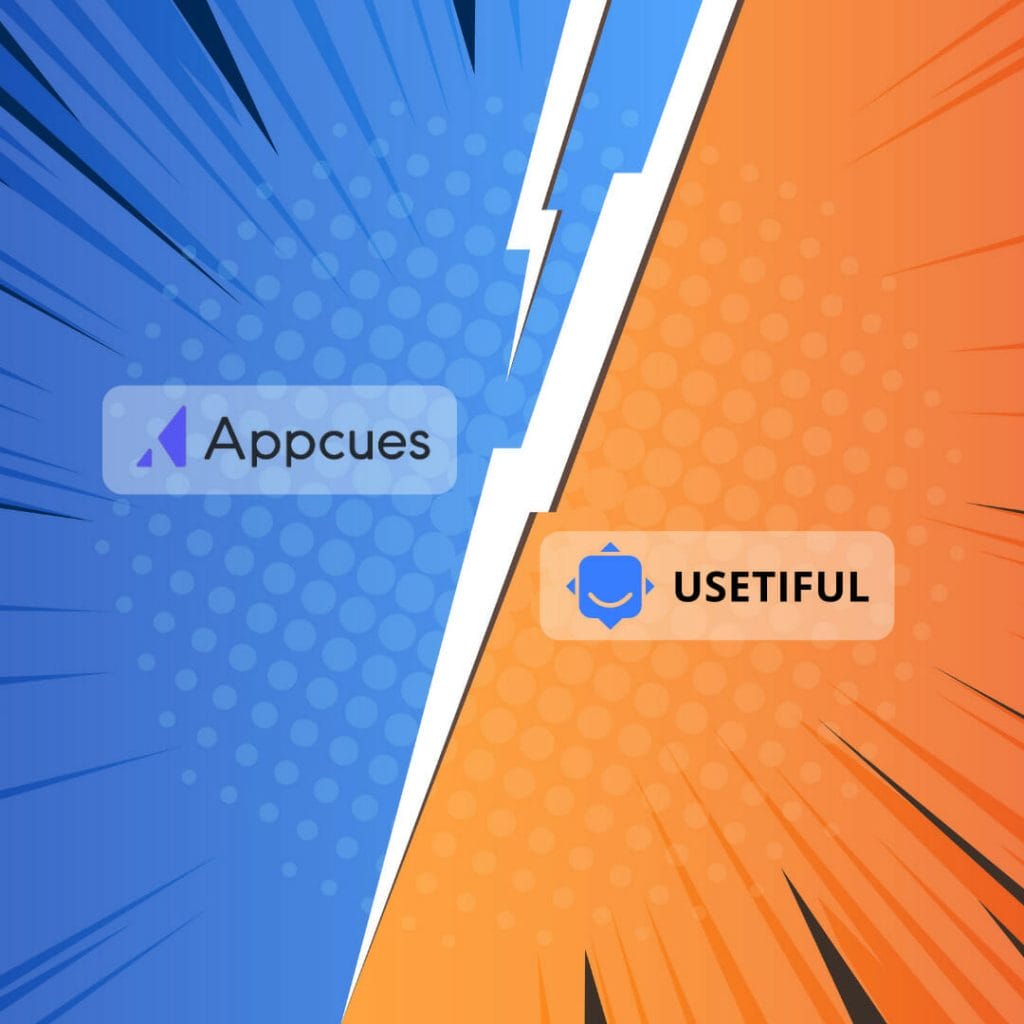In the realm of task management and productivity tools, two apps have stood out among their peers: OmniFocus and 2Do. These applications aim to help users manage their tasks efficiently, allowing users to focus on what matters most while streamlining daily activities. Both OmniFocus and 2Do boast a variety of powerful features, catering to different users with distinct needs and preferences.
OmniFocus, a sophisticated task management system, prides itself on adhering to the “Getting Things Done” (GTD) methodology, emphasizing structure and organization. This approach is particularly beneficial for users who require a comprehensive and orderly framework to manage their personal and professional lives. On the other hand, 2Do offers flexibility and customization, giving users the freedom to mold the app according to their unique requirements and preferences.
Throughout this comparison review, we will provide an in-depth analysis of each app’s features, strengths, and weaknesses, helping prospective users make an informed choice when deciding between OmniFocus and 2Do. As each individual’s needs and preferences differ, it is crucial to weigh both apps against one another to ensure the chosen tool aligns with one’s requirements and expectations, ultimately maximizing productivity and efficiency.
About OmniFocus
OmniFocus is a powerful task management software developed by The Omni Group. It is available on macOS, iOS, and iPadOS, making it a popular choice among Apple users. The application is designed to support the “Getting Things Done” methodology and provides a range of features to help users stay organized and productive.
One of the standout features of OmniFocus is its support for customizable tags, which makes it easier for users to categorize and sort tasks according to their preferences. Additionally, the application allows users to create hierarchical projects and nested lists for further organization and prioritization of tasks.
In terms of compatibility, OmniFocus syncs seamlessly across all Apple devices, making it a convenient choice for users who work on multiple platforms such as iPhone, iPad, and Mac. However, it’s worth noting that OmniFocus is not a cross-platform task app, which means it may not be suitable for users who use other platforms like Android or Windows.
OmniFocus also offers a Watch app for easy access to your tasks, projects, and tags on your Apple Watch. This enables users to quickly review their tasks and mark them as complete directly from their wrist, without needing to reach for their iPhone or iPad.
Another significant advantage of OmniFocus is its ability to create custom “perspectives,” which are essentially tailored views of your tasks that can be adjusted to show only specific items based on filter criteria. These perspectives can help users focus on particular areas of their work or personal life, and make it easy to keep track of progress in different projects.
The software also features a “Forecast Summary,” which provides an overview of upcoming tasks and events, allowing users to plan their time effectively and ensuring they have a clear view of their commitments.
While OmniFocus offers many powerful features and a high level of customizability, there are some downsides to consider. The application lacks native collaboration features, and its pricing is relatively high compared to other task management apps. Nevertheless, for those heavily invested in the Apple ecosystem and seeking a robust tool for personal task management, OmniFocus remains a popular and effective choice.
About 2Do
2Do is a versatile task management app designed to cater to different organizational needs. With a robust set of features, it offers flexibility in managing tasks and projects. The app is equipped with comprehensive integration capabilities, making it compatible with various platforms.
One of the highlights of 2Do is its task management functionality. Users can create tasks with due dates, set priority levels, and even organize them into checklists. Furthermore, the app supports start dates, giving users the option to plan tasks ahead of time. 2Do also allows users to create folders and group their tasks based on categories or projects, streamlining their personal and professional lives.
Another notable feature in 2Do is its integration with other services, such as reminders and notifications. The app sends alerts based on user-defined preferences, ensuring they do not miss out on important tasks. The app also offers iCal integration, facilitating seamless scheduling and calendar syncing.
Although 2Do does not have a native Windows app, it provides excellent offline access for users across other platforms. Users can work on their tasks without an internet connection and have their data automatically sync when they go online. Markdown support is also a plus for users who wish to format their notes and task descriptions efficiently.
In terms of project management, 2Do is well-suited for individual use. However, it might not be the best option for collaborative work, as it lacks direct features to share or assign tasks between team members.
Overall, 2Do offers a solid mix of features and functionality, making it a reliable choice for those seeking a user-friendly task management tool. The app particularly excels in terms of customization, allowing users to tailor their organizations based on their needs and preferences.
Round 1: Best UX

When comparing the usability of 2Do and Omnifocus, some key aspects are worth noting.
2Do stands out for its excellent interface that allows users to adapt the application to their workflow. 2Do utilizes colorful icons to help users visually recognize their tasks, and it supports various types of tasks, like checklists, projects, and simple reminders. This flexibility enables users to find the best fit for their specific needs. Additionally, 2Do offers location-based reminders, making it convenient to receive relevant notifications based on geographical context.
On the other hand, Omnifocus shines in its comprehensive implementation of the Getting Things Done (GTD) method. Its interface is designed to help users easily input, organize, and manage tasks following the GTD steps. While Omnifocus is also highly flexible, the interface can be overwhelming for users unfamiliar with the GTD method. Omnifocus does not offer location-based reminders, which means it falls short in this aspect compared to 2Do.
In terms of user reviews, both 2Do and Omnifocus have their fair share of fans and critics. Some users praise 2Do’s flexible and intuitive interface, while others prefer Omnifocus for its powerful GTD-based system. By examining screenshots, one can see that each app has its own distinct look and feel, which can ultimately influence a user’s preference.
Overall, in this round, the best user experience depends on the individual’s requirements and preferences. If flexibility, location-based reminders, and a visually engaging interface are the priorities, then 2Do might be the better choice. On the other hand, for those looking for an app with a strong emphasis on the GTD method, then Omnifocus would be more appealing. In both cases, these apps have great potential in aiding users in managing their tasks efficiently and effectively.
Round 2: Features Comparison

In this section, we will compare the features of OmniFocus and 2Do in various aspects:
Tasks and Projects: Both applications offer the ability to create tasks and organize them in projects. In OmniFocus, tasks can be organized into sequential or parallel projects, allowing for flexibility in workflows. 2Do, on the other hand, uses traditional lists and smart lists for organizing tasks. While OmniFocus is well-known for its Getting Things Done (GTD) implementation, 2Do can also be utilized for GTD while offering more flexibility to adapt to other methodologies as well.
Subtasks and Checklists: Both applications allow breaking down tasks into smaller subtasks or checklists. OmniFocus utilizes built-in action groups, while 2Do employs dedicated checklist tasks. This provides users with more granularity in managing tasks of different sizes.
Tags and Folders: Tags are a powerful way to categorize and filter tasks. Both applications support tag usage and allocation, making it easier to view tasks with specific contexts or priorities. Additionally, OmniFocus allows for the creation of folders to further separate projects, while 2Do utilizes standard and smart lists.
Notifications and Due Dates: OmniFocus and 2Do both offer reminder notifications, enabling users to keep track of their deadlines and stay on top of their tasks. Both applications also allow setting up due dates and defer dates, assisting users in prioritizing and managing their workload efficiently.
Collaborative Features: While OmniFocus is not designed for collaborative work management, 2Do supports sharing tasks and lists, making it slightly better suited for team-oriented environments.
Integration: OmniFocus supports syncing with Apple Calendar, Reminders, and Siri, while 2Do can work with these services plus Google Calendar and ToodleDo. Both applications offer some degree of third-party app integrations.
Location-Based Reminders: Both applications provide location-based reminders, allowing users to receive notifications when they arrive at or depart from specific locations.
Watch App: OmniFocus and 2Do both have dedicated watch apps for those who want to manage their tasks on their wrist.
Markdown Support: Currently, only 2Do supports markdown in task descriptions, giving users more flexibility when writing and formatting their tasks.
In summary, both OmniFocus and 2Do offer robust features for managing tasks, projects, and workflow. While OmniFocus leans more towards the GTD methodology, 2Do provides the flexibility to adapt to various task management systems, making it a worthwhile option for users with different organizational preferences.
Round 3: Price

When considering the pricing options for both Omnifocus and 2Do, it’s essential to understand their different approaches and which might suit your budget and needs better.
Omnifocus opts for a subscription-based pricing model, ensuring you’re always using the latest version and benefiting from regular updates. There are two available plans: OmniFocus Standard for $9.99 per month or OmniFocus Pro at $14.99 per month. It’s worth noting that there is no free version offered by Omnifocus. However, they do provide a 14-day free trial, allowing you to evaluate whether this task management app suits your needs source.
In contrast, 2Do offers a one-time purchase model. This means you only pay once and will receive updates without any additional cost. The pricing for 2Do may vary depending on the platform you’re using:
- macOS: $49.99
- iOS (iPhone and iPad): $14.99
- Android: $6.99
Unfortunately, 2Do does not have a free version either, but they offer a 21-day trial for the macOS app and a 14-day trial for their iOS and Android apps, giving you enough time to test out its features and determine if it’s suitable for your needs source.
To compare the two, it’s crucial to consider your specific requirements and your willingness to invest in a task management app. If you prefer more frequent updates and consistent access to the latest features, a subscription model like Omnifocus might be more appealing. On the other hand, if you’d rather avoid recurring payments, the one-time purchase option offered by 2Do could be the right choice for you.
In terms of pricing, 2Do can be perceived as less expensive in the long run since you only need to purchase it once. However, some users might find Omnifocus’ ongoing monthly fee to be a reasonable trade-off for access to regular updates and potentially greater investment in future app improvements.
Battle Decision: Omnifocus Winner

Omnifocus, developed by the Omni Group, stands out as the winner in this task management app comparison against 2Do. This can be attributed to its robust set of features and cross-device compatibility, specifically for iPhone and Mac users.
One of Omnifocus’s most significant pros is its dedication to the Getting Things Done (GTD) method, which ensures users have a more organized and productive experience. The app provides all the necessary tools, such as Task Management and Custom Perspectives, to manage both work and personal tasks effectively.
The support for Custom Perspectives is a game-changer for many users. With this feature, users can create customized task views, helping them focus on the tasks that matter the most at any given moment. Omnifocus also offers a flexible interface, allowing users to tailor the app to their needs and preferences.
When it comes to pricing, Omnifocus may seem expensive, but its value justifies the cost. Committed iPhone and Mac users can reap the benefits of seamless cross-device compatibility to manage tasks more efficiently. The price should not be a problem, especially considering the long time between paid upgrades for Omnifocus.
Finally, the Omni Group’s support system ensures that users have access to assistance when needed. Their customer service team is knowledgeable and responsive, helping users make the most of the powerful task management capabilities that Omnifocus offers.
In summary, thanks to its strong set of features, customizable interface, customer support, and compatibility with iPhone and Mac devices, Omnifocus emerges as the winner in this battle against 2Do.



